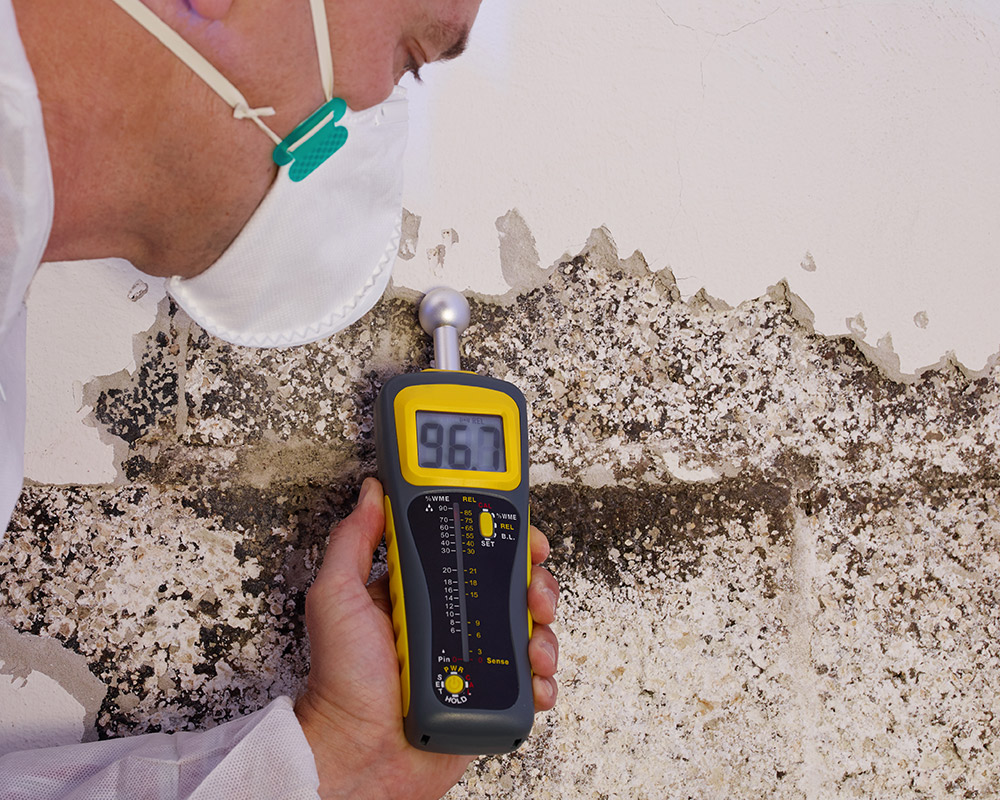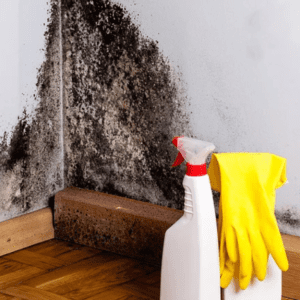Specialist Tips for Post Mold Removal Success
In the world of mold remediation, successfully eradicating mold is only half the fight; the real difficulty lies in preventing its reappearance. By sticking to experienced pointers and ideal techniques, individuals can protect their rooms against mold and mildew resurgence and maintain a healthy interior atmosphere.
Monitor Humidity Levels Routinely
After finishing mold and mildew removal procedures, keeping optimal moisture levels is important to prevent mold re-growth and make sure a healthy and balanced indoor atmosphere. High moisture degrees over 60% create a conducive atmosphere for mold and mildew to grow, making regular keeping track of an aggressive action to avoid any type of future mold and mildew concerns.
Making use of hygrometers or moisture meters can aid in precisely gauging moisture degrees in various locations of the residential property. These devices give real-time data that enables remediation professionals to make informed choices regarding ventilation, dehumidification, and other necessary actions to maintain ideal humidity levels post-remediation. Additionally, developing a regular timetable for moisture checks, specifically in risky locations such as bathrooms, kitchen areas, and basements, is a proactive approach to mold and mildew avoidance. By constantly keeping track of humidity degrees, homeowner can effectively minimize the threat of mold reoccurrence and maintain a healthy and balanced interior environment post-remediation.
Conduct Thorough Inspections Post-Remediation
Complying with the conclusion of mold remediation treatments, it is crucial to conduct detailed inspections to confirm the performance of the remediation process. These post-remediation examinations are essential in making sure that the mold and mildew issue has been efficiently addressed and that there is no reoccurrence or staying mold and mildew development. Inspections must be performed by certified professionals who have experience in identifying mold and evaluating interior air top quality.
Throughout these inspections, various techniques such as aesthetic analyses, air tasting, and surface area tasting might be used to thoroughly evaluate the remediated areas. Visual assessments involve a comprehensive assessment of the premises to inspect for any type of visible signs of mold and mildew growth or water damages. Air tasting aids in establishing the air-borne mold and mildew spore levels, while surface tasting can detect mold fragments on surface areas.
Implement Correct Air Flow Methods
After making sure the effectiveness of the mold and mildew remediation procedure through thorough assessments, the next important step is to concentrate on implementing correct ventilation approaches. Sufficient air flow is essential in stopping mold reoccurrence by regulating moisture levels and advertising air circulation.
Correct ventilation not just help in preventing mold development but additionally contributes to the overall health and wellness and convenience of occupants. By guaranteeing appropriate air flow throughout the building, you can reduce the risk of mold regrowth and produce look at here now a much healthier remove mold in walls living setting. Regular maintenance of ventilation systems, including cleansing and filter substitutes, is critical to maintaining reliable ventilation. Consulting with a/c experts can offer more insights right into enhancing ventilation approaches for your specific residential property demands.

Use Mold-Resistant Products for Services
To improve the long-term performance of mold and mildew remediation initiatives, integrating mold-resistant materials for repairs is important in mitigating the threat of future mold and mildew growth. Mold-resistant products are developed to withstand dampness and prevent mold and mildew growth, making them an essential selection for areas prone to wetness and humidity. When fixing areas influenced by mold, making use of products such as mold-resistant drywall, mold-resistant paints, and mold-resistant caulking can assist stop mold reappearance.
Mold-resistant drywall is an exceptional choice to conventional drywall in areas like washrooms and basements where moisture levels are higher. This kind of drywall has an unique coating that resists mold growth even when subjected to damp problems. In addition, using mold-resistant paints containing antimicrobial agents can additionally prevent mold and mildew advancement on ceilings and wall surfaces.
In locations where wetness is usual, such as bathroom and kitchens, making use of mold-resistant caulking around windows, bathtubs, and sinks can aid secure out water and stop mold he said from taking hold in splits and holes. By purchasing these mold-resistant materials during repairs post-remediation, you can significantly reduce the chance of future mold and mildew problems and maintain a much healthier interior atmosphere.
Maintain Tidiness and Address Water Issues
Making certain sanitation and without delay resolving water problems are basic techniques to maintain in safeguarding interior rooms from mold reinfestation. After mold and mildew removal, it is important to maintain a tidy atmosphere to avoid the regrowth of mold and mildew (Post Mold Remediation). Normal cleaning, cleaning, and vacuuming can help get rid of any sticking around mold spores and stop them from working out and multiplying. Additionally, maintaining indoor areas completely dry and dealing with any kind of water issues immediately is important in mold and mildew prevention. Leaks, water invasion, or high moisture levels can produce the excellent breeding place for mold and mildew, so it is essential to take care of any water-related issues quickly.
To preserve sanitation, take into consideration using HEPA filters in vacuums and air purifiers to trap mold spores and prevent their blood circulation airborne. Making sure appropriate air flow in areas prone to moisture buildup, such as restrooms and kitchens, can help maintain moisture levels in check. By staying watchful about cleanliness and resolving water concerns immediately, you can successfully stop mold reinfestation and maintain a healthy and balanced interior atmosphere.
Conclusion

In the realm of mold removal, successfully eliminating mold and mildew is only half the battle; the true obstacle lies in avoiding its reappearance. After finishing mold and mildew remediation treatments, keeping optimal humidity levels is crucial to stop mold and mildew re-growth and ensure a healthy interior environment. High moisture degrees above 60% develop a conducive environment for mold and mildew to grow, making routine checking a positive procedure to stop any future mold problems.
To improve the long-term effectiveness of mold remediation efforts, including mold-resistant materials for fixings is important in mitigating the risk of future mold development. After mold and mildew removal, it is important to maintain a clean atmosphere to protect against the regrowth of mold.